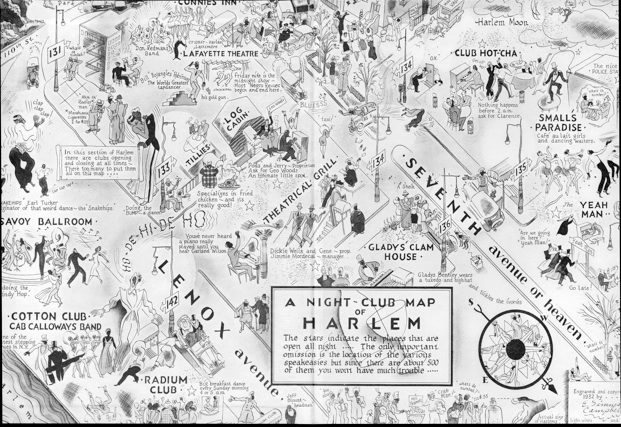
One of the key problems in studying insight is the unpredictability of this moment in everyday life. The phenomenological experience of the “Aha!” moment is thus complex, with at least four contributory components: suddenness, surprise, happiness and certainty (Gick and Lockhart, 1995 Danek et al., 2014a, 2016). In terms of its phenomenological experience, four key elements of the insight, or “Aha!” moment have been identified: first, the suddenness and unexpectedness of the resolution, which arrives unheralded by conscious awareness of the solution path or “feelings of warmth” at the approaching dénouement secondly that-however difficult it had proved before (perhaps involving a state of impasse)-the problem can be rapidly processed once the solution has been identified thirdly that there is a strong, typically positive, emotional response at the point of resolution and finally that the solver is fully convinced that the correct solution has been identified (Topolinski and Reber, 2010a see also Metcalfe, 1986 Davidson, 1995 Gick and Lockhart, 1995 Danek et al., 2014a, b Kounios and Beeman, 2014 Shen et al., 2015 on negative insight (“Uh-oh”) see also Hill and Kemp, 2016). The feeling of insight-a sudden, euphoric “cognitive snap” (Weisberg, 2015) signaling a breakthrough in the solution of a problem-is well-known to most of us. Introduction: insight and “insight problems” This opens the way to an exploration of potential links between solving constraints and the experiencing of the “Aha!” moment, which may shed light on the cognitive processes involved in insight solution.

Future research is outlined which explores the specific mechanisms of clue difficulty.

We argue that the same is true for cryptic crosswords, and that the key to the successful triggering of insight may lie in both the difficulty of the challenge and the degree to which misdirection has been used. Many have debated whether there is such a thing as an “insight problem” per se: typically, problems can be solved with or without insight, depending on the context. Uniquely among insight problems, considerations of expertise also come into play, allowing us to explore how crossword solving experts handle the deliberate misdirection of the cryptic clue more effectively than non-expert, but equally experienced, peers. We argue that the crossword paradigm overcomes many of the issues which beset other insight problems: for example, solution rates of cryptic crossword clues are high new material can easily be commissioned, leading to a limitless pool of test items and each puzzle contains clues resembling a wide variety of insight problem types, permitting a comparison of heterogeneous solving mechanisms within the same medium. Given the success with which a good quality cryptic crossword elicits “Aha!” moments, cryptics should prove highly valuable in exploring insight under lab conditions.

Keep it clean routine crossword clue driver#
We have evidence from a previous survey of cryptic crossword solvers that the “Aha!” moment is the most important driver of continued participation in this hobby, suggesting that the positive emotional “payback” has an energizing effect on a participant's motivation to continue solving.

The mechanics of cryptic crossword clues are briefly explained, and the process is set into the insight literature, with parallels being drawn between several different types of cryptic crossword clues and other insight-triggering problems such as magic, jokes, anagrams, rebus, and remote association puzzles (RAT), as well as “classic” thematic or spatial challenges. A new protocol for eliciting insight (“Aha!”/Eureka) moments is proposed, involving the solving of British-style cryptic crosswords.


 0 kommentar(er)
0 kommentar(er)
